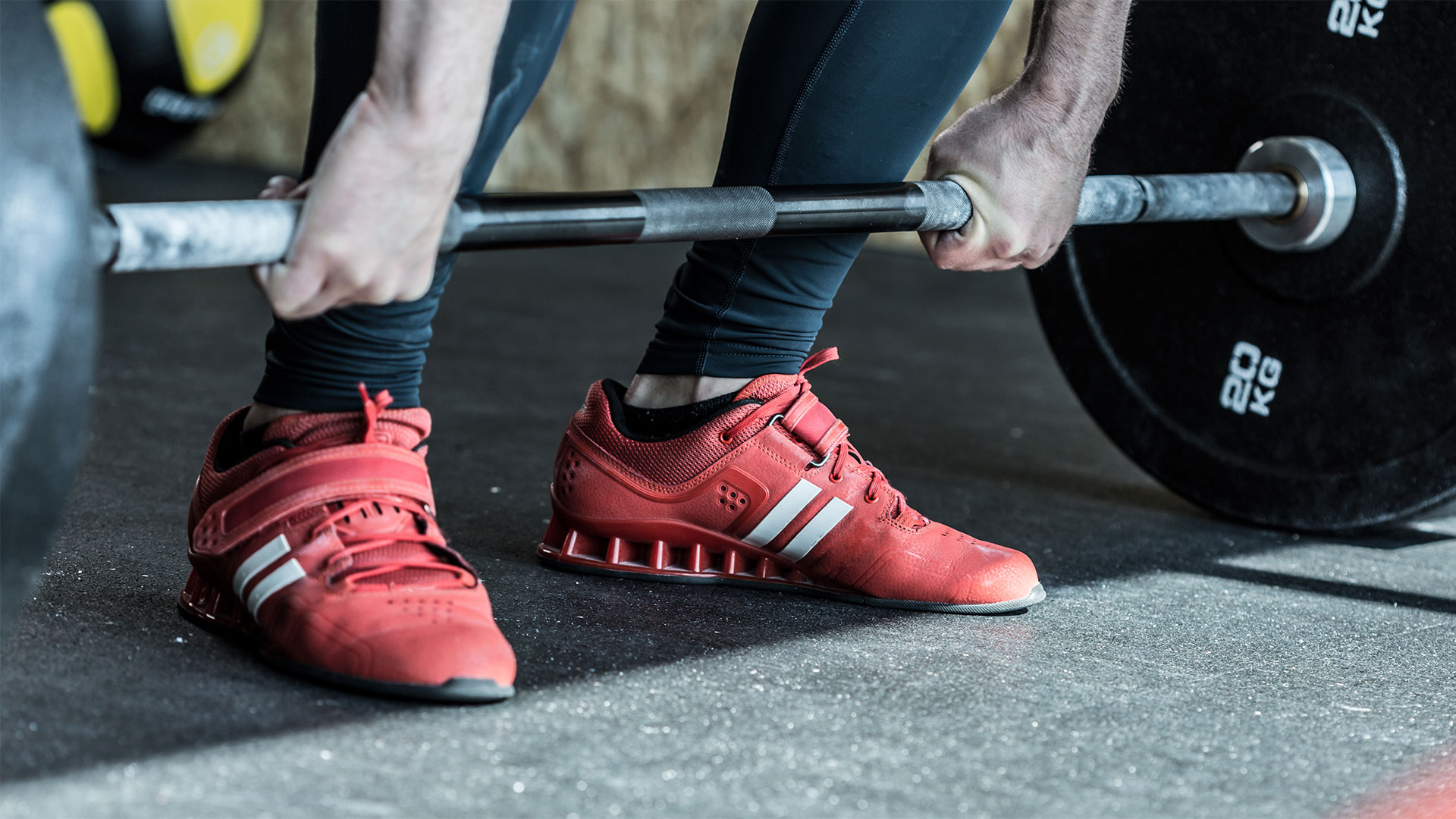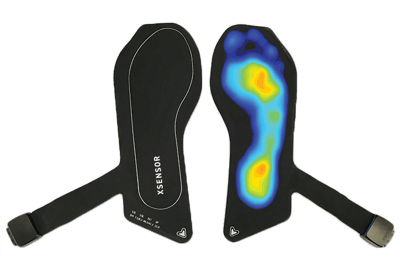
Strength Training and Plantar Pressure Mapping
In our previous blog post, we introduced the concept of speed as it relates to biomechanics and human biomotor abilities. Strength, like speed, is one of the three main physical qualities that contributes to athletic performance, with the third being endurance.
When talking about strength in relation to sport performance, it is necessary to distinguish between the expression of the neuromuscular system, which is what we call strength, and the corresponding physics quantity, which is identified as force.
In physics, force is a fundamental vector quantity in kinetics (i.e. a branch of dynamics that is concerned with the identification and the study of the causes of motion) and it can be defined as “a straight-line push or pull, usually expressed in pounds (lbs) or Newtons (N)” (Knudson, 2007). This push or pull results from the interaction between two bodies.
In the context of exercise science and training theory, the term strength represents a physical quality that is the ability of the neuromuscular system to generate force.
Strength has different qualities that can be defined as follows:
- Max strength is the peak force the neuromuscular system can generate in a single maximal voluntary contraction, without taking time into account;
- Power is the ability of the neuromuscular system to generate as much force as possible in the shortest amount of time;
- Muscular endurance is the ability of a muscle to keep a constant force output for several contractions occurring over time.
Power can be further classified as:
- Starting strength is the force generated at the start of a contraction representing the ability to start a movement;
- Explosive strength is the ability to increase the application of a force that has already been applied as fast as possible;
- Reactive strength is the ability to switch as quickly as possible from eccentric to concentric contraction.
Foot Function and Strength
The application of force into the ground is one of the main contributing factors to successful performance in different sporting disciplines. The ability to properly use the force generated by the large muscle groups of the lower body is highly dependent from the level of functionality of the relatively small surface area of the foot.
Strength of extrinsic and intrinsic muscles directly affects the ability to transfer and distribute force effectively due to the increase in stability during the push-off phase of walking, jumping, and running.
Strength of foot muscles has also been proven to improve balance, enhance jumping performance, and increase gait velocity. All of these factors can contribute to maximizing overall strength and power development of the lower body.
How to Use Plantar Pressure Mapping for Strength Training
Plantar pressure mapping with pressure insoles, like XSENSOR’s Intelligent Insoles | Pro, can help strength and conditioning coaches in assisting athletes during strength training sessions and for testing and monitoring progress in force applications and pressure distribution.
With pressure mapping technology it is possible to monitor training sessions in real-time as a biofeedback in order to identify any L/R weight distribution imbalance and pressure distribution in the feet during exercises such as squats, deadlifts, and lunges.
Additionally, by analyzing the force-time curves a coach can monitor improvements in timing and velocity of force application as well as the amount of pressure exerted by certain parts of the foot: it has been shown that increases in pressure under the big toes are associated with an increase in stability and decrease in risks of falling (Mickle et al., 2009).
To learn more about how to use plantar pressure mapping technology in strength training, watch our webinar replay ‘Optimizing Strength Training Using Plantar Pressure Mapping’ today.

